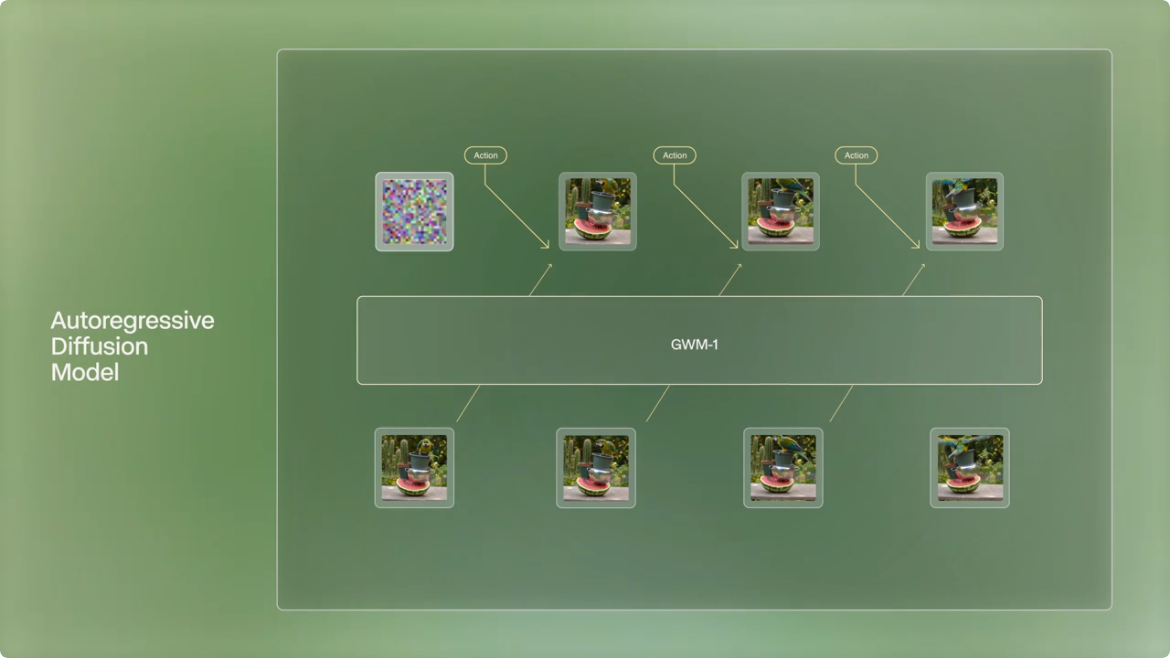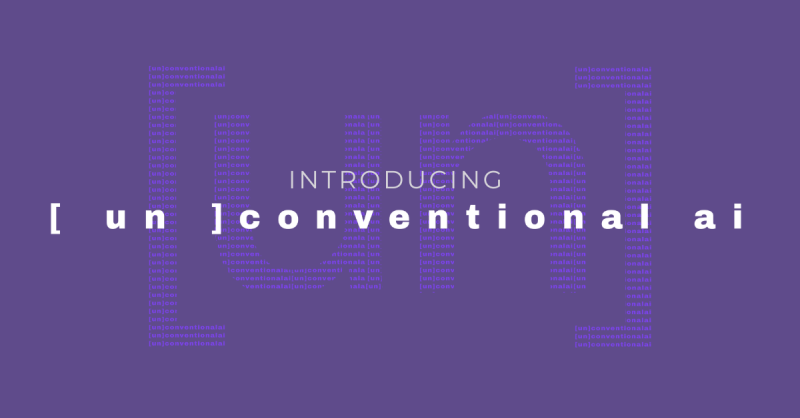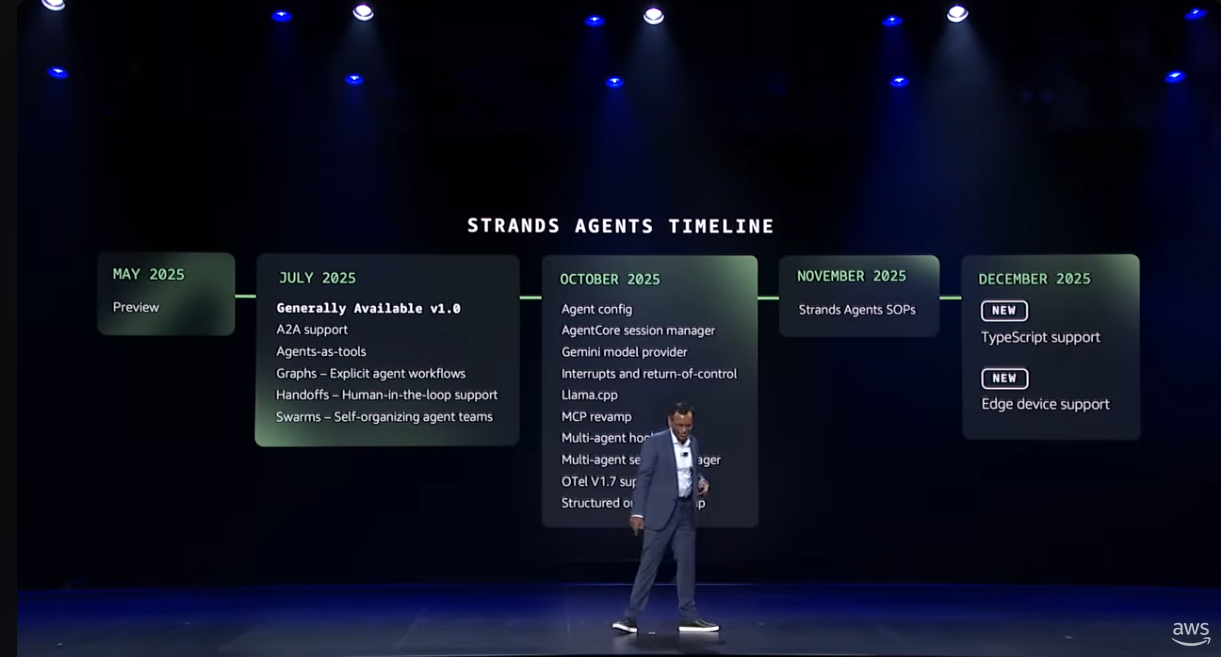Over the last weeks, xAI has enhanced its Grok chatbot with several features, such as a new workspace tool, persistent memory, and the capability to process real-time video from a smartphone camera. These features bridge the gap between Grok and rivals like ChatGPT and Google's Gemini, which have had similar features for some time.
Grok Vision is the most recent addition to the chatbot's feature roster. It allows users to point their smartphone cameras at objects, signs, or documents and ask Grok questions about what they are pointing at. The feature works with Grok's voice mode. This means users can converse with the chatbot rather than have to type their questions, which makes the interaction more natural. An important limitation is that, for the time being, Vision is only available on the iOS app.
Alongside Vision, xAI has introduced multilingual audio support and real-time search in voice mode. These features can be accessed by Android users subscribed to the $30 monthly SuperGrok plan.
Earlier this month, xAI implemented a "memory" feature that allows Grok to recall details from past conversations, enabling more personalized recommendations based on user preferences. The company emphasizes transparency with this feature, allowing users to view what information Grok retains and selectively delete specific memories.
The startup also launched Grok Studio, a canvas-like workspace similar to OpenAI's Canvas and Anthropic's Artifacts. This tool enables users to create documents, code, reports, and browser games in a collaborative environment. When using Studio, content is displayed in a separate window alongside Grok's responses. The feature supports HTML previews and code execution in various programming languages. The Grok Studio feature was launched in parallel with a Google Drive integration. The integration allows users to attach documents, spreadsheets, and slides from their accounts when prompting the AI.





Comments